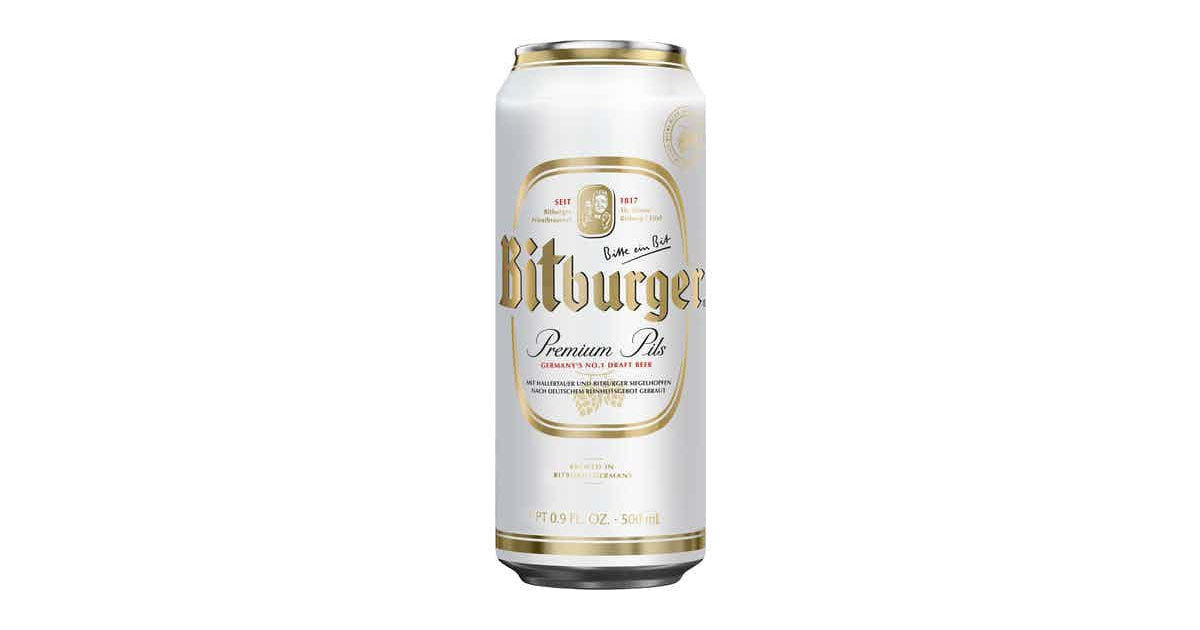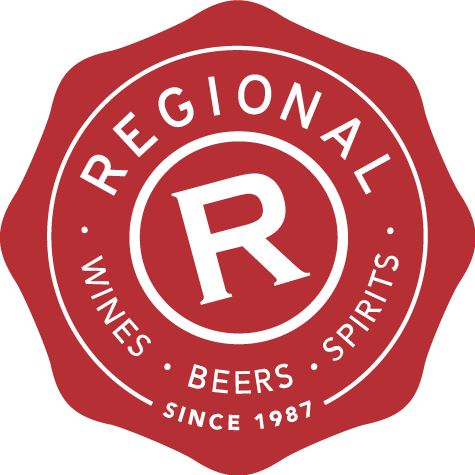
Bitburger and the story of pilsner
This, however, is the story of Pilsner, which appeared circa 1842 in the Bohemian city of Plzeň in what is now the Czech Republic.
The date is key to the story, placing it at the end of the industrial revolution. Steam power, refrigeration and rail routes were becoming commonplace, leading to developments in brew tech and facilitating the sharing of ideas.
All that was needed was a trigger, and this came in the form of a people’s uprising in Plzeň, thanks to the generally undrinkable nature of the local brew. The townspeople demanded better (seeing what was starting to appear in nearby Munich) and soon, a plan was put into action. A chap called Martin Stelzer was employed and he set about building a new brewery and hiring a head brewer.
The brewer was one Josef Groll - who, luckily, was well versed in the ways of cold fermentation. He combined this technique with lightly malted barley thanks to English style kilns that were indirectly fired by coke and not by wood, which it is believed Martin Seltzer brought back from his travels in the UK (where such kilns were being used rather successfully in the creation of pale ale).
It’s fair to say that Groll found himself in the right place at the right time, with access to a long list of other key ingredients; the exceptionally soft local water, Moravian malt which is low in nitrates aiding clarity, a decent supply of Saaz hops (whose spicy, earthy and herbal nature is key to the style) and access to a perfect maturation facility in the sandstone cellars beneath the new brewery.
His first brew was golden in colour, the first of its kind in central Europe, and was an instant hit with the people of Plzeň.
The beer’s creation also coincided with commercialisation of glass and the aforementioned rail routes - and soon this magical golden beer style from Burghers’ Brewery (the people’s brewery) had spread round the central Europe and was being imitated here, there and everywhere.
One such brewery to adopt the style was Bitburger in Germany and this, of course, brings us to today’s beer. Let’s see how the German variation on the theme plays out…
Pours a pale gold in the glass with a thin, tight white head. The nose is surprisingly spicy, with almost pepper like qualities and a real earthy minerality that melds nicely with some light biscuity malt. The palate has that linear lager quality but with layers of savoury and sweet citrus that balance beautifully and which are complexed further by lovely herbal and mineral notes.
Overall, a superb quaffer but with way more complexity than you might expect!
The original pilsner from Plzeň went on to become Pilsner Urquell (meaning “original source of pilsner”) and the brewery did its best to protect the style - even taking Bitburger to court before the first world war for infringement of copyright. There was no clear winner but the German brewers agreed to the use of the term Pils in place of pilsner.
Pilsners are now made literally everywhere and you can’t help but feel a bit sorry for the people of Plzeň and the style they created. It’s subjective really, but it’s either part of the great democratisation or great bastardisation of beer styles (one thinks of NZ pilsners made using ale yeast for example).
I’ll happily sit on the fence on this one but I have to admit, it’s hard to be too protectionist when beers taste as good as today’s!
